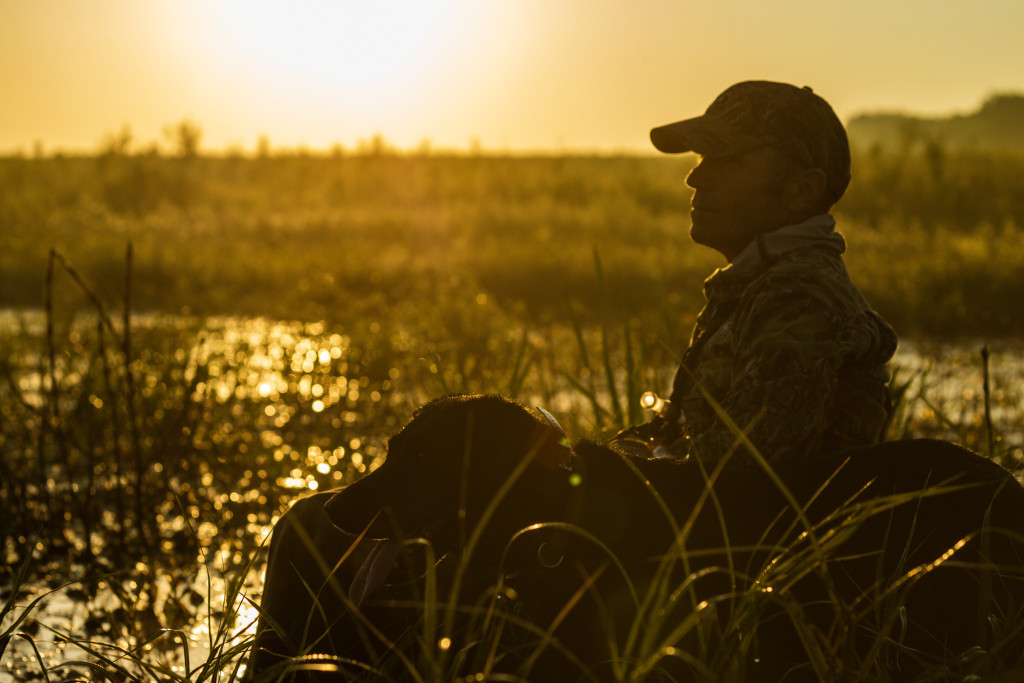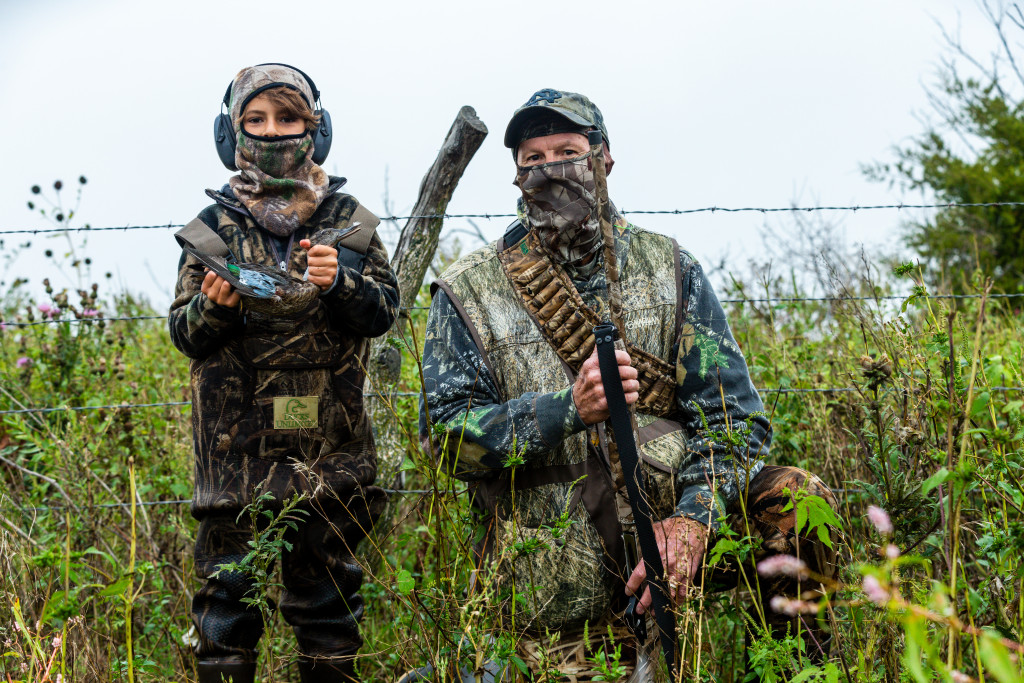
By Jeff Kurrus
“I think we got a shot,” said hunting partner Todd Mills, peering through grass on the edge of a Rainwater Basin wetland as a flock of pintails made a turn below the tree line and were cupping their wings in our direction.
“Eli, be ready,” I told my 9-year-old son. “Mills will make the call to shoot.”
But when someone did shoot, way out of our range and not even close to their range, it wasn’t us. Another hunter had emptied his gun and not a single bird had fallen.
We were devastated.
There are some common sense and safety rules to the marsh that should be followed. If you don’t have any rules of your own, I hope these help. And if you already do, pass them on to someone else. Hunting public land doesn’t have to be a nightmare.
First Come, First Serve
Many hunters aren’t fortunate enough to have private land to hunt, and they will do whatever they can to protect the places they hunt on public land. Some arrive hours before shooting time. Others go so far as to spend the night in their vehicles. If you’re not this person, respect the work they’ve put in and either look for a different spot or ask if they have room. I understand it’s public land and you don’t have to ask anyone, but respecting others while hunting goes a long way toward making everyone’s hunt a good one.
On a dove hunt two years ago, my dad, Eli and I got very little shooting early on a patch of public land. We switched spots and listened to hunters boom and bang for a couple of hours. From afar, it sounded like there were already more than enough hunters on this particular sunflower field. So we hunted the fringe until they began walking out. One of the hunters approached us as he was leaving.
“You need to take your boy up to that field,” he said. “It’s got birds all over it.”
“How many folks are still up there?” I asked.
“No one. The field is yours.”
It turned out to be one of the best shoots I’ve ever been on, and we didn’t pull the trigger for the first time on the opening morning of dove season until after 9 a.m.
This Is My Dance Space
How much is enough room? Talking to conservation officer Keith Jadlowki, also a lifelong hunter, the answer varies. “I don’t think you can put a set amount of distance on it, because it depends on terrain and what you are hunting. The question I always ask is, “Will I mess up their hunt if I’m this close? Because they beat me fair and square to that spot.”
Even though you’re both hunting public land, you both also prayed that the marsh would be empty when you first arrived. If you were the early bird, leave a head lamp on so others can make a logical decision where to go. But remember that sometimes depth perception is hard to judge in the dark. On one Rainwater Basin hunt, my hunting party began setting up decoys when I heard a hunter, whose light I had already seen, say, “Guys. You’re really close.”
It wasn’t until I heard his voice that I realized how close I actually was. “Sorry about that,” I whispered. We picked up our decoys and moved another 75 yards away, where we were able to find our own little patch of water that the teal wanted to work as well. Quite often, there’s space for everyone. And when there’s not, you can either wait out the crowd in the truck, hunt the fringe, or look for another spot altogether. All are better options than putting you, or the hunter next to you, in an uncomfortable situation.

My Bird or Yours
Anyone who has hunted public land has seen a bird go down and found themselves, and a complete stranger, walking toward that same downed bird. Most of the time, even when others shoot as well, you know if you hit a bird. In these instances when there are two hunters and one bird, smile. Tell the other guy you felt pretty good about your shot. He’ll respond that he did, too. Then give him the bird and say you’ll take the next if it happens again.
Where this situation becomes more complicated is when hunting waterfowl and birds are circling. Anyone who has hunted ducks on public land has had birds called off of them and seen other hunters shoot when birds were just about to cup into your decoys. Again, be respectful. This can be accomplished by putting your calls in your pocket when birds are working another group of hunters, or even taking a few minutes and asking the other group if they want to alternate calling. I think you’d be surprised at how most of these potentially uncomfortable situations can be quickly corrected.
For many hunters, public land is the only option they have. And when done correctly, it is a great option, with plenty of room and game for everyone and the chance for unlikely friendships to form in the likeliest of places.
